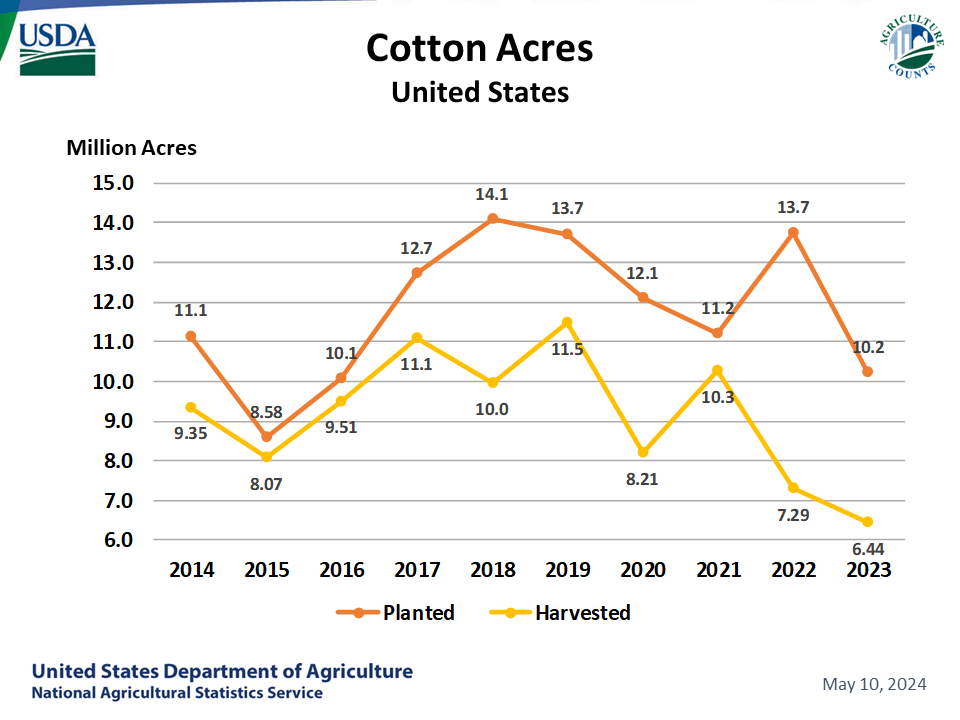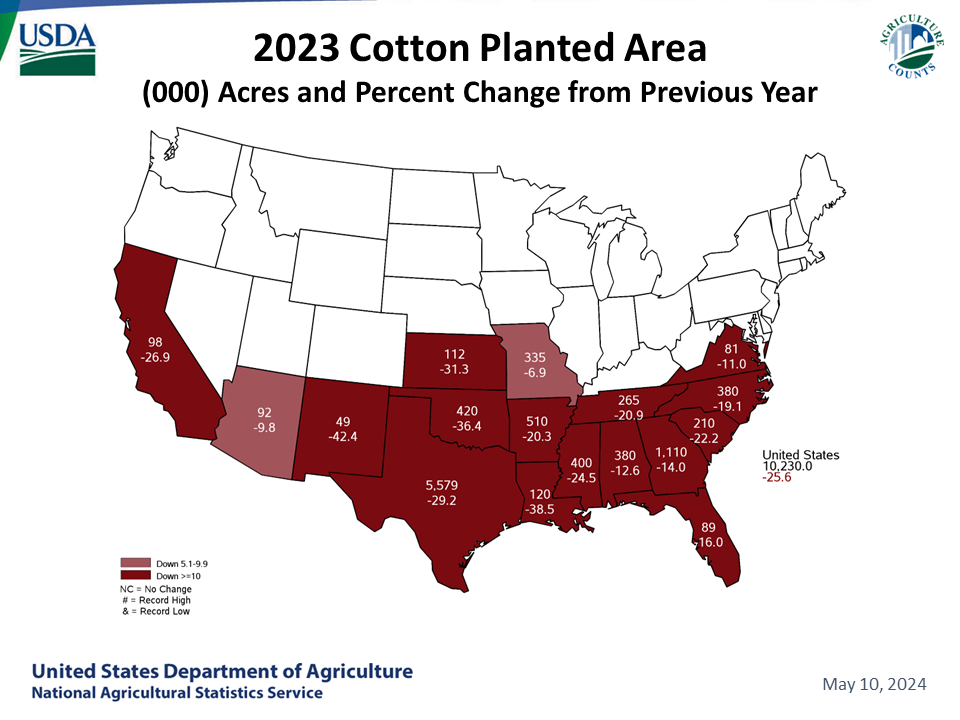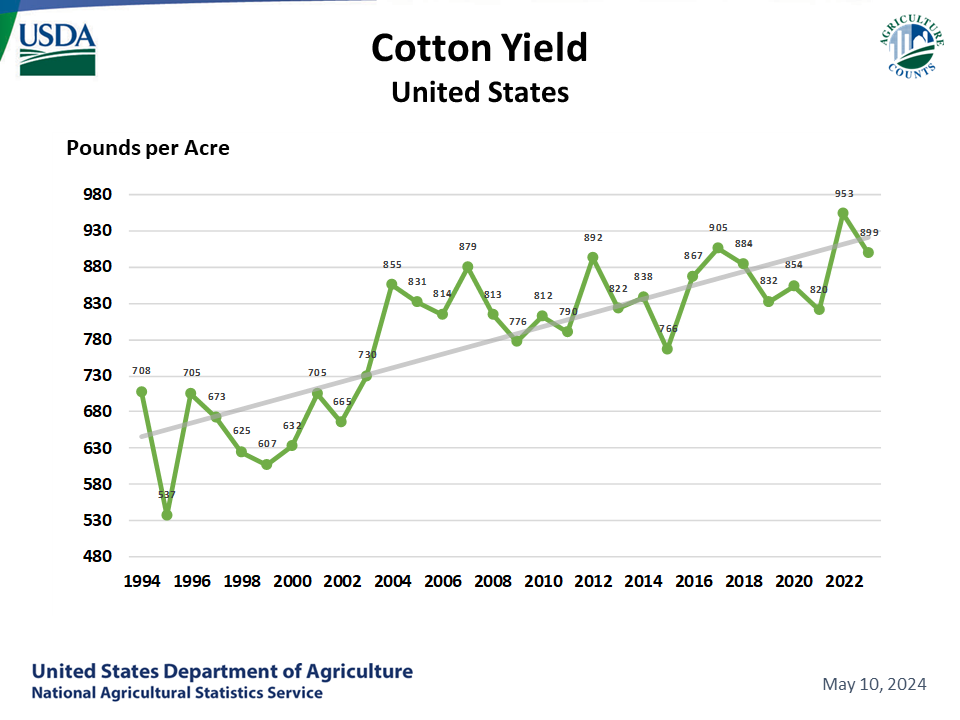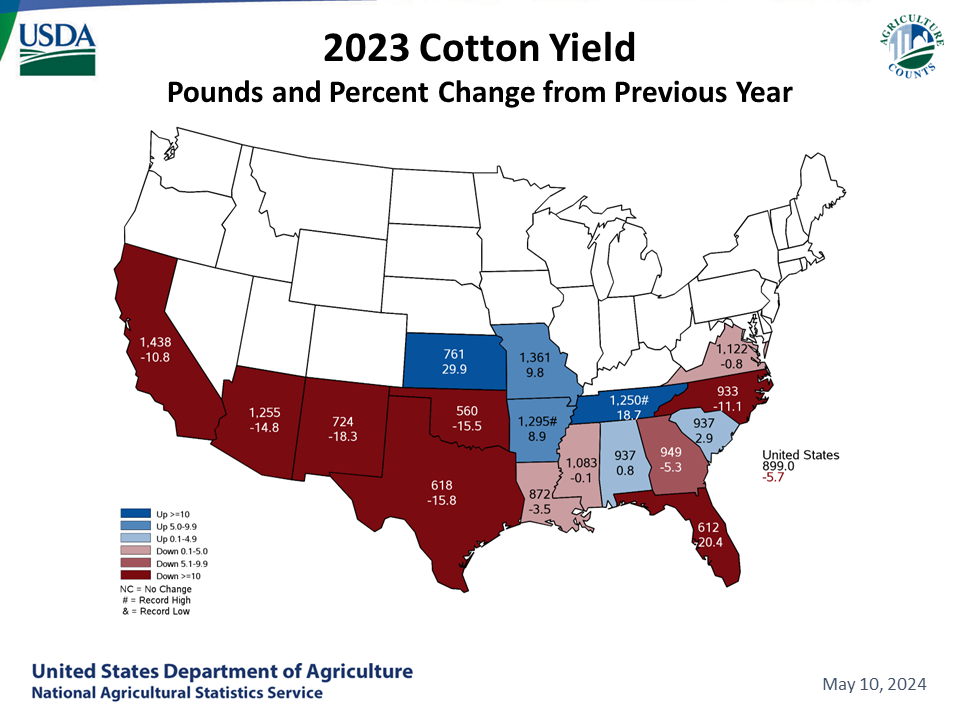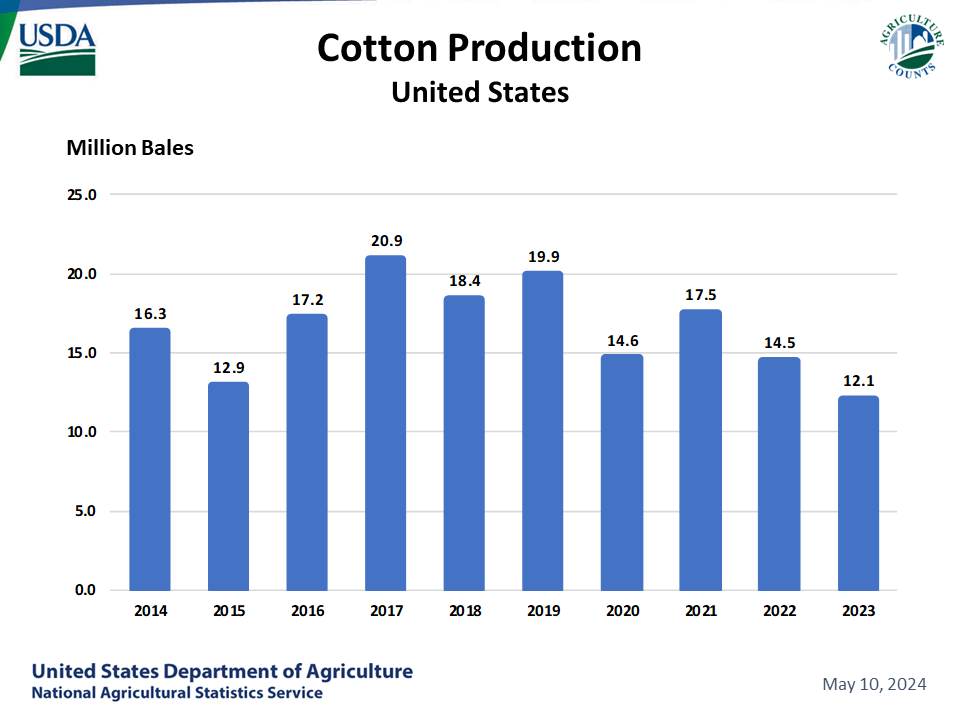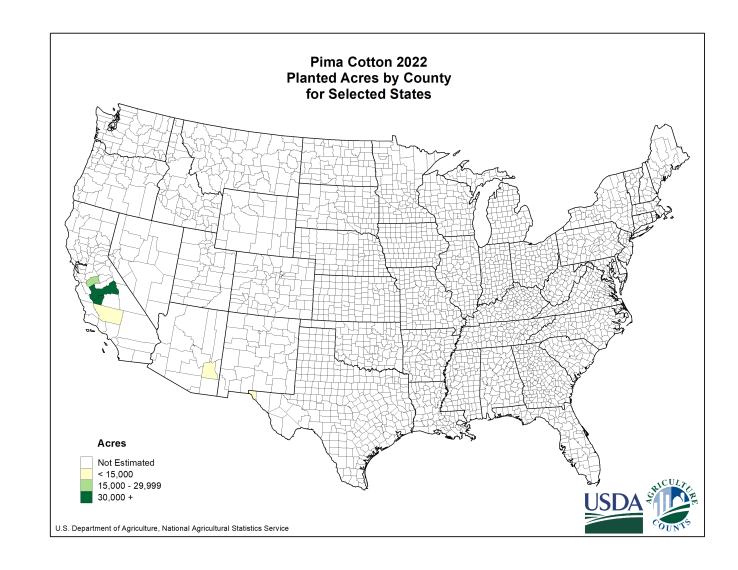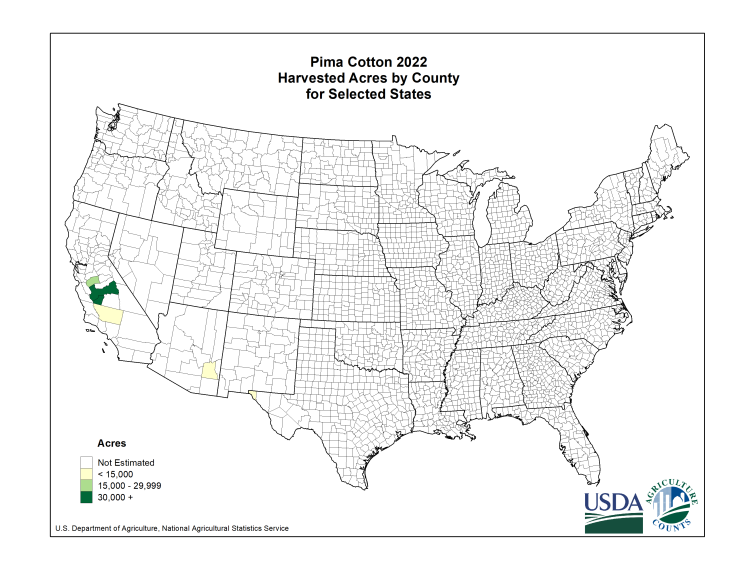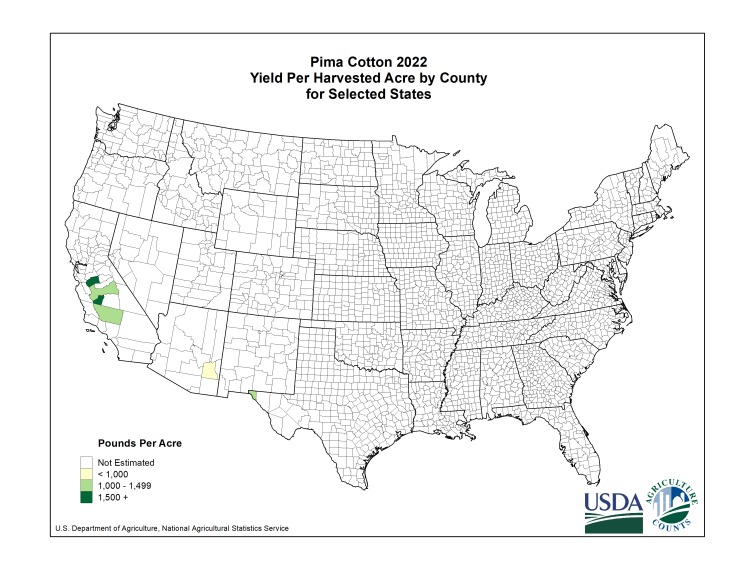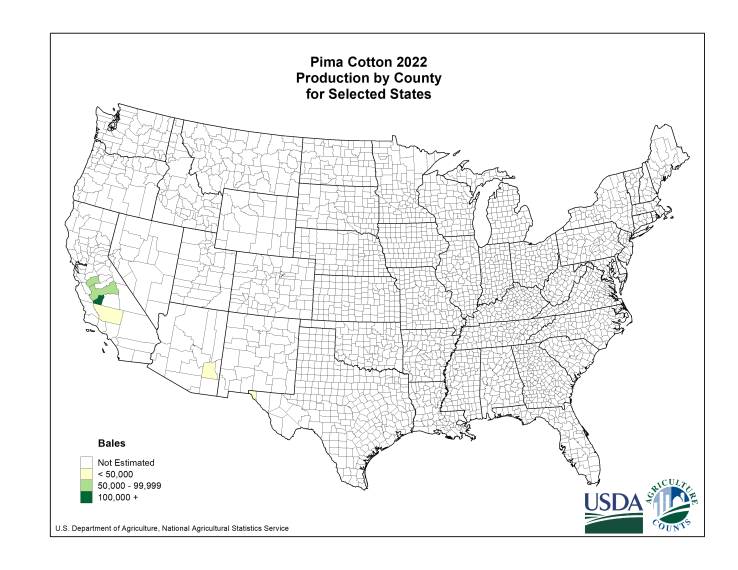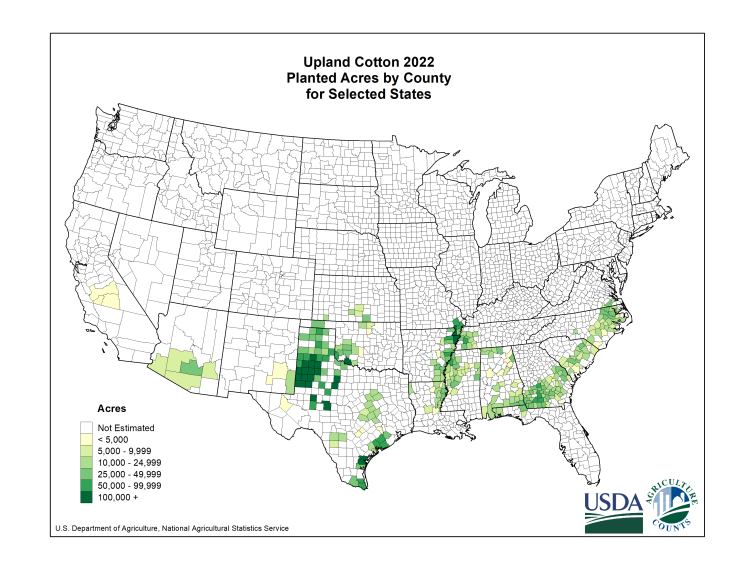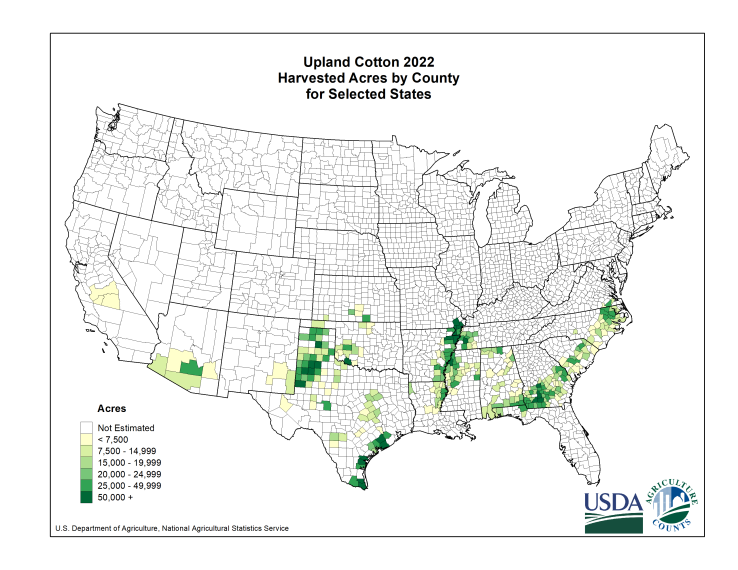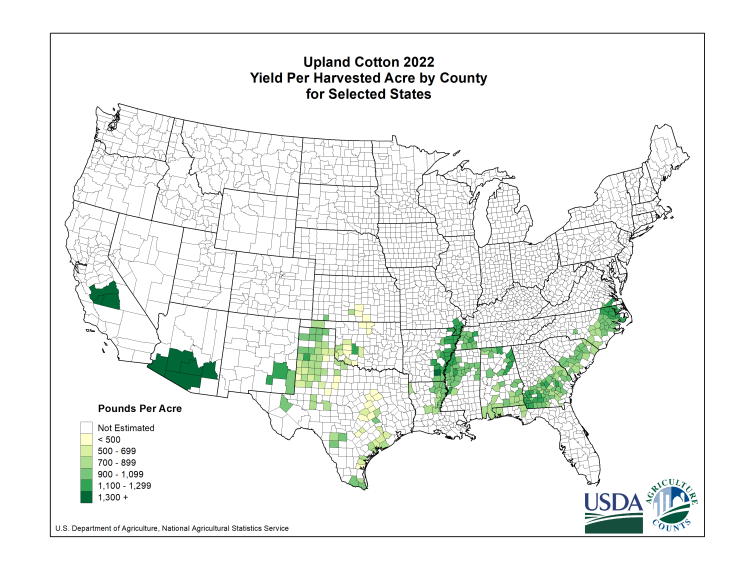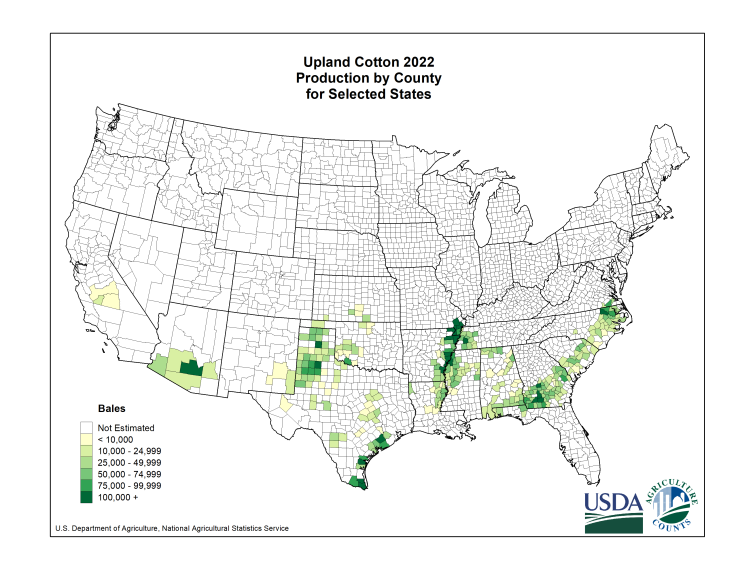- Data & Statistics
Access Quick Stats (searchable database)
The Quick Stats Database is the most comprehensive tool for accessing agricultural data published by NASS. It allows you to customize your query by commodity, location, or time period.
Access Quick Stats Lite
Quick Stats Lite provides a more structured approach to get commonly requested statistics from our online database.
Explore Statistics
County Level Information
Geospatial Data & Interactive Maps
- Publications
Browse NASS Reports
- by Subject
- by Date (Reports Calendar)
- by Title/Release Day
- by Keyword
- Guide to Products and Services
Additional Reports
Historical Publications
- Archived Ag Census Reports (2002 and prior - published every 5 years)
- Annual Agricultural Statistics
- Statistical Bulletins (final estimates, 1987 to 2012
- Track Records: (crops, livestock, grain stocks)
- Trends 20th century
- Price Reactions (after crop or livestock reports)
Receive Reports by Email:
- Newsroom
News Releases
04/15/24 USDA NASS announces retirement of Administrator Hubert Hamer
03/28/24 United States hog inventory up 1%
03/28/24 US farmers expect to plant less corn and more soybean acres
03/26/24 USDA to host Data Users’ Meeting to gather public input on statistical programs
Read More News
ASB Notices
04/15/24 NASS appoints Lance Honig as new ASB Chair
04/09/24 NASS discontinues select 2024 data collection programs and reports
04/04/24 NASS announces program changes following five-year review
02/23/24 NASS Delays Cold Storage Data Release
12/19/23 NASS seeks public input during survey program review
Read More Notices
Videos
02/13/24 2022 Census of Agriculture Data Highlights
02/13/24 How to Find 2022 Census of Agriculture Data
02/13/24 2022 Census of Agriculture Data Release Event
07/16/21 What is a Farm?
08/05/20 The NASS Mission: We do it for you
View More Videos
ASB Briefings
04/17/24 National Hemp Report (April 2024)
04/11/24 Crop Production (April 2024)
03/28/24 Quarterly Hogs and Pigs (March 2024)
03/28/24 Grain Stocks, Prospective Plantings, Rice Stocks (March 2024)
03/08/24 Crop Production (March 2024)
View More Briefings
- Surveys
- Census
- About NASS
Structure and Organization
- Agency Overview
- NASS Biographies
- Organizational Chart
- Assistance to Other Organizations
- International Programs
- NASS Strategic Plan for FY 2022-2026
- USDA Strategic Goals
- NASS Climate Adaptation and Resilience Plan
Guiding Principles
- Mission and Core Values
- Keeping Data Safe
- Confidentiality Pledge
- Security Pledge
- Security Statement
- Statement of Commitment to Scientific Integrity
- Regulations Guiding NASS
- Information Quality
Civil Rights
- USDA and NASS Civil Rights Policy Statement
- Civil Rights Accountability Policy and Procedures
- No FEAR Act Notice
- No FEAR Act - NASS Data
-
REE Reasonable Accommodations and Personal Assistance Services
- NASS Disability Affirmative Action Plan
- How to File an EEO Complaint
- Contact information for NASS Civil Rights Office
Work at NASS
Education and Outreach
- Understanding Ag Statistics
- Data Users' Meetings
- Morris Hansen Lecture
- International Conference on Agricultural Statistics
History and Procedures
- Agricultural Statistics Board and Lockup
- Agricultural Statistics: A Historical Timeline
- The Story of U.S. Agricultural Estimates
- As We Recall: The Growth of Agricultural Estimates, 1933-1961
-
Safeguarding America's Agricultural Statistics Report and Video
- History of Ag Statistics
- Report Procedures
- An Evolving Statistical Service
- Fact Finders for Agriculture
- Hall of Fame
- Contact Us
Mailing Address:
USDA-NASS
1400 Independence Ave., SW
Washington, DC 20250Survey FAQs and Contact Us:
Access FAQs or submit a question.
Data Inquiries:
Hours: 7:30 a.m. - 4:00 p.m. Eastern Time
Monday - Friday, except federal holidays
Toll-Free: (800) 727-9540Media Inquiries:
Other USDA Inquiries:
Hours: 9:00 a.m. - 5:30 p.m. Eastern Time
Monday - Friday, except federal holidays
Toll-Free: (833) One-USDA
Email: askusda@usda.gov
Website: https://ask.usda.gov/s/Civil Rights Office:
June Turner, Director
Email: / Phone: (202) 720-8257Regional and State Field Offices:
Find contact information for Regional and State Field Offices
Ask a Specialist:
Have a specific question for one of our subject experts? Contact a specialist.
Web Content Publishing Schedule:
Section 207(f)(2) of the E-Government Act of 2002 requires federal agencies to develop an inventory of information to be published on their Web sites, establish a schedule for publishing information, make those schedules available for public comment, and post the schedules and priorities on the Web site.
- Help
Technical Issues
Surveys
Cotton Ginnings

The Cotton Ginnings survey obtains data mandated by Title 13, Section 42 U.S.C. to provide all segments of the cotton industry (producers, buyers, brokers, shippers, textile firms, and researchers) with quantities of baled cotton that are available by specific geographic areas within the U.S. on a regular and reoccurring basis.
This survey program collects data used to measure monthly cottonseed prices, production, and disposition. Additionally, NASS uses these data as an aid in forecasting cotton production and preparing final state and county production estimates.
All active gins for a given crop season are included in the survey. This includes gins in all 17 cotton producing states. The 17 states do not include Kentucky or Maryland, who produce a very minimal amount of cotton and are not generally considered as cotton producing states.
Respond Online
Click here to complete your survey online. Remember, you will need your unique survey code to sign in.
Get the data from the results of this survey.
Publications:
Fourteen scheduled Cotton Ginnings reports are released each season. Thirteen semi-monthly reports are mandated by law (Title 13, Section 42 U.S.C.) issued in conjunction with the August through February Crop Production reports and on-or-near the 25th of each month during September through January. Additionally, an end-of-season release is published around the 25th of March. An Annual Cotton Ginnings Summary is released in conjunction with the May Crop Production report.
Access the data in Quick Stats database:
View and download data from the NASS Quick Stats database.
- Choose the detailed database (Quick Stats 2.0).
- In Quick Stats 2.0, under Program, select "Survey."
- Make additional category choices for the data you are looking for.
- Click to read about the Quick Stats Tools
Want to receive reports automatically? Click an option below to subscribe.
Data Visualizations:
Cotton:
Pima Cotton:
Upland Cotton:
Charts and Maps:
Program Content
Gins provide the number of bales ginned to date and an estimate of how many more they expect to gin during the season. Gins also report the average price paid to producers for cottonseed.
On the end-of-season questionnaire, the gins report total pounds of lint cotton produced from the bales ginned, the average weight per bale, and how many saw and roller ginning plants they operated during the season. A random sample of the gins is asked to report total pounds of cottonseed derived from the bales ginned, how many pounds of cottonseed were or will be delivered to oil mills, or how many were used for feed, seed, or other uses.
Uses
Cotton ginnings reports provide reliable information for farmers, cotton buyers, bankers, credit associations, agricultural economists, farm organizations, and federal, state, and local policy makers. Ideally, when all participants in an industry are equally informed, no one is at a disadvantage due to uncertainty.
Cotton ginning reports provide a measure of the size of production or inventories so that prices can move in line with supply. Without good information, risks of doing business increase and costs rise.
Should a disaster occur in a specific cotton producing area, policy makers will have data available for that area to assist with disaster program implementation. Cotton markets can continue to operate on a stable basis since the uncertainty of supply by geographic areas is minimized. Private industry also use these data in their analyses and forecasts.
It is crucial that supply/demand information be distributed widely to all levels of the farming, ginning, warehousing, merchant, cooperative, and manufacturing sectors. This assures a competitive market structure far superior to one where either no one or only a few are informed.
Frequency
The survey is conducted 13 times throughout each season. This includes August 1 (TX only) and September 1 (TX only), semi-monthly from September 15 through February 1, and an end-of-season questionnaire administered as each firm finishes ginning for the season.
Methods
The cotton ginnings program is a census of about 900 active gins. Prior to the beginning of each ginning season, NASS supplements its list of gins from the previous season with a list supplied from each of the USDA's Agricultural Marketing Service (AMS) classing offices.
The survey reference dates for the 13 ginning surveys are August 1 (TX only), September 1 (TX only), September 15, October 1, October 15, November 1, November 15, December 1, December 15, January 1, January 15, February 1, and the end-of-season (March 1).
The vast majority of data are collected via telephone, mail, and fax. Response rates to this voluntary survey are approximately 96 percent (prior to 1991, the Bureau of the Census had the authority to conduct this program under mandatory reporting laws).
Information for the quarterly hog surveys is collected by electronic data reporting, mail, telephone interview, and face-to-face personal interviews.
Related Programs
Cotton Objective Yield
Agricultural Yield
Crops/Stocks
Last Modified: 04/17/2024


